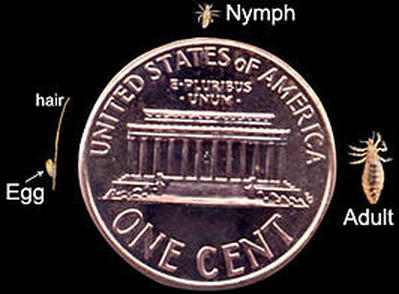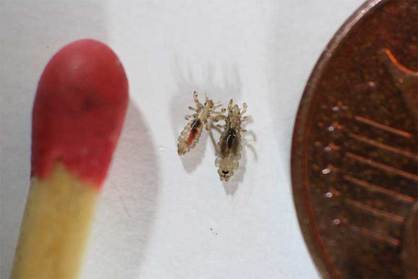Stressed Out? Panicking? Overwhelmed?
Dealing with a head lice infestation can be very stressful and overwhelming. The following information is here to help. Should you have any additional questions please do not hesitate contacting us or visiting some of our suggested links below or additional pages.
Lice Facts
Have a Question? |
Lice Myths
|
Cleaning Your HomeVacuuming
Vacuuming your home, beds and furniture is the best way to remove lice. Head lice are human parasites and need blood to survive. Therefore, pestiside sprays are not needed or recommended. Laundry Wash and dry any clothing or bed linens that have been in contact with lice. Use the high heat setting. Bagging Stuffed Animals and Other Items The NPA suggests that bagging items is not necessary. Since head lice need human blood to survive this is not needed. If there are items you are concerned about that cannot be washed or vacuumed (such as helmets, delicate throw pillows) put them in a place where they will have no contact with people for 2-3 days. Washing Clean all combs, brushes, and hair accessories. You may use a boiled pot of water, the dishwasher or alcohol. Alternatively, you may also gather these items, bag them and put them in the freezer overnight. Suggested Links |

